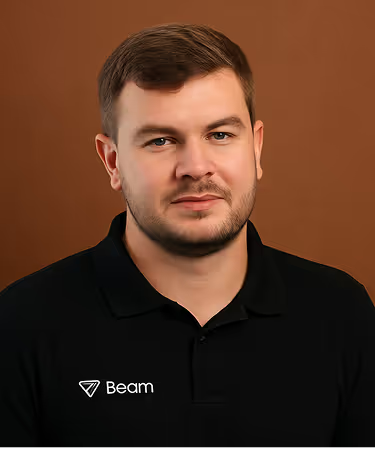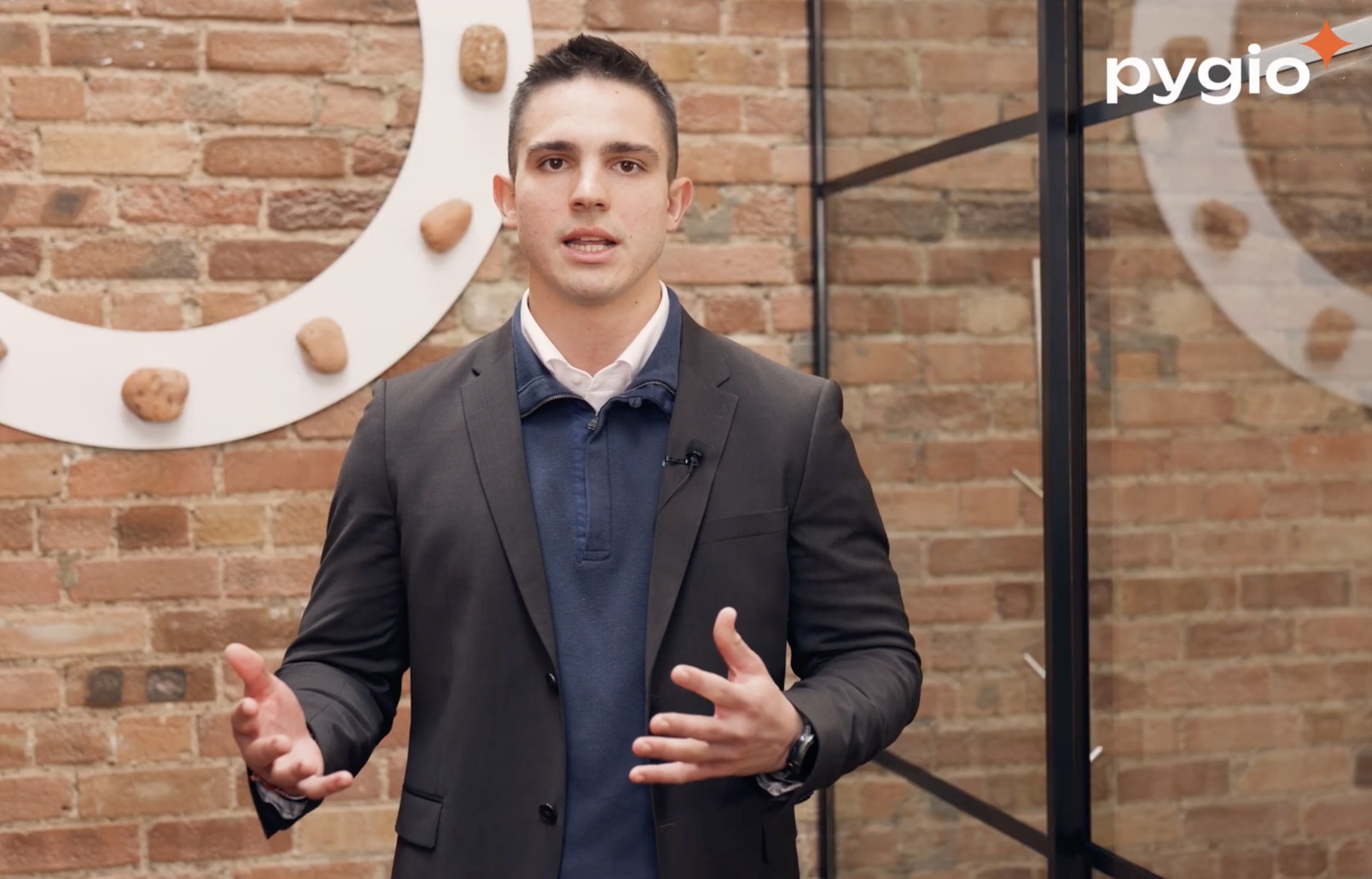
What do you want to build?
We are a global team of engineers, scientists and creators who help you develop AI, software and data science systems.
.svg)

Explore our Services

Powered by top Foundation Model providers, we transform human labour into automated software solutions.

We create innovative digital products and solutions by blending advanced technology with deep domain knowledge.

We turn raw data into actionable insights that enhance operational efficiency and foster informed decision-making.
20
+
20
50
+
120
+
.svg)

.avif)


Our Process
Our teams follow a structured Software Development Life Cycle, ensuring the success of our customers’ projects at every stage.


Project Analysis
Evaluate project objectives, designs, blueprint, resourcing and risks to ensure feasibility and guide execution success.


Build & Implement
Transform plans and designs into a tangible product or outcome.


Refine & Maintain
Ensure the solution continues to meet our client's objectives, adapts to changing requirements and delivers sustained business value.


Data Strategy
Assess data assets, integrating insights and unlocking value that turns raw data into actionable intelligence.




.svg)

Check our Work
.svg)

Industries we serve
In a world of noise, our focus brings clarity.
.svg)

What clients say about us


Manager at Merchant Capital







.avif)
%201%20(1).avif)
Despite the absence of a client-side technical team, the PYGIO team took on the critical task of accurately defining requirements while controlling the project’s scope and prioritizing deliverables. Their expertise ensured that the application was functional as quickly as possible, tailored to our specifications. PYGIO’s adaptability, dedication, and skill in navigating such a dynamic environment were truly outstanding. We are incredibly grateful for the successful outcome they achieved.

.svg)


.svg)



























.avif)